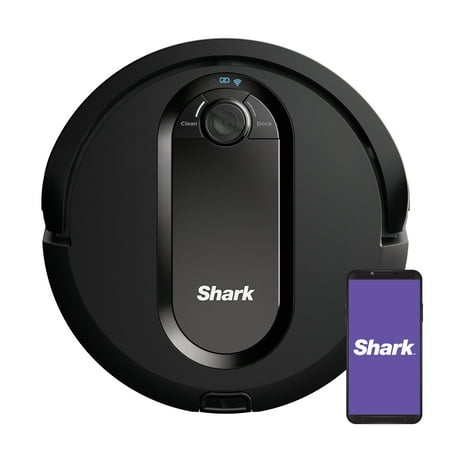Shark Rocket DeluxePro Corded Stick Vacuum (HV322)
Easily converts to a hand vacuum. Deep carpet cleaning, powerful pet hair pickup. Two additional tools specially designed for homes with pets. LED headlights illuminate hidden debris. Ultra-lightweight. XL-capacity dust cup.
This XL-capacity ultra-lightweight stick vacuum easily converts into a hand vac for versatile floor-to-ceiling cleaning. It comes with a Duster Crevice Tool and Pet Multi-Tool.
PRODUCT FEATURES
- Easily converts to a hand vacuum
- Deep carpet cleaning, powerful pet hair pickup
- Two additional tools specially designed for homes with pets
- LED headlights illuminate hidden debris
- Ultra-lightweight
- XL-capacity dust cup
WHAT’S INCLUDED
- Vacuum
- Pet multi-tool
- Crevice tool
PRODUCT DETAILS
- 47.2″H x 10.2″W x 13.4″D
- Weight: 9.1 lbs.
- Cord length: 25 ft.
- Dust bin capacity: 0.68
- Cleaning path width: 8.5-in.
- Manufacturer’s 5-year limited warranty.
- For warranty information please click here
- Model no. HV322
Additional information
| Dimensions | 47.2"H x 10.2"W x 13.4"D |
|---|





by Jojo
Bought 3 of these, one for myself, one for my mother, one for my daughter. Have two Australian Shepherds who shed constantly and have had mine for a year now. Still works perfectly. Love there are no bags to purchase, filters are easy to wash out and the vacuum is lightweight.
by Nikki
Thus little vacumn has power! It’s light, has a large canister and cleans up beautifully. The cord is nice and long (though it may be shorter than my last Shark).
by Nancy
Works great, had a great online order pickup in store, and vacuum is so easy to empty! Doesn’t stand up on its own.
by Terry
Have been looking for a new vacuum for months. Knew it would probably be a Shark. I love it. It’s heavier than what I thought it would be which is sometimes a problem, because I have trouble with my arms.
by Kris
Bought the vacuum as a house-warming gift for my daughter, and she absolutely love it. She said that it has exceptional suction power, is flexible, easy to maneuver, and quiet. A terrific purchase. Thank you!
by Lonnie
Lightweight, good suction,maneuvers well around and under furniture. This is the second Shark Rocket I’ve purchased. Have to lean vacuum against wall; does not standup by itself, which is not a problem for me.
by Reggie
Awesome suction and easy to detach/attach head and to clean! The lights on the head show me dirt and hair easily